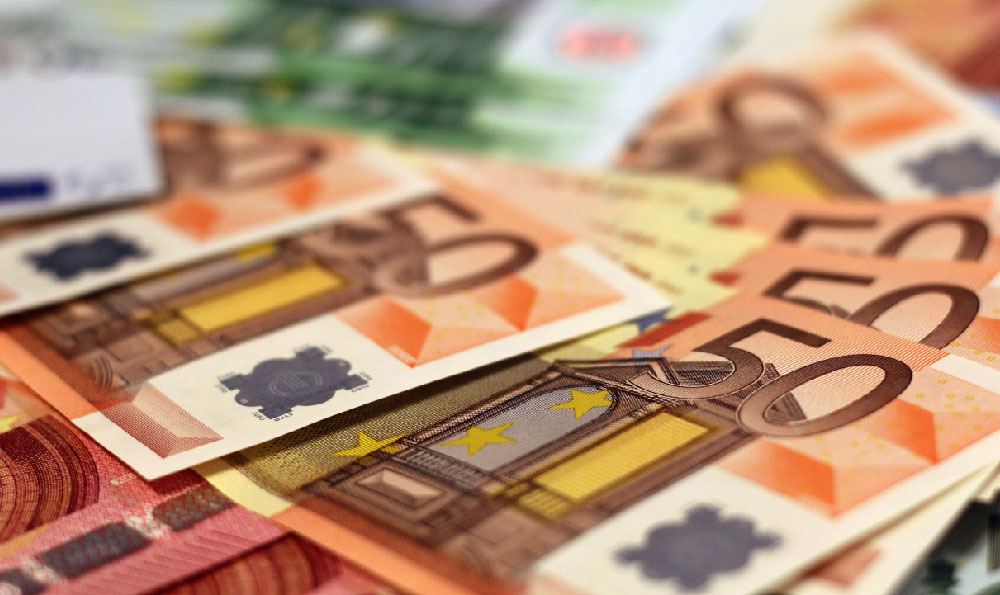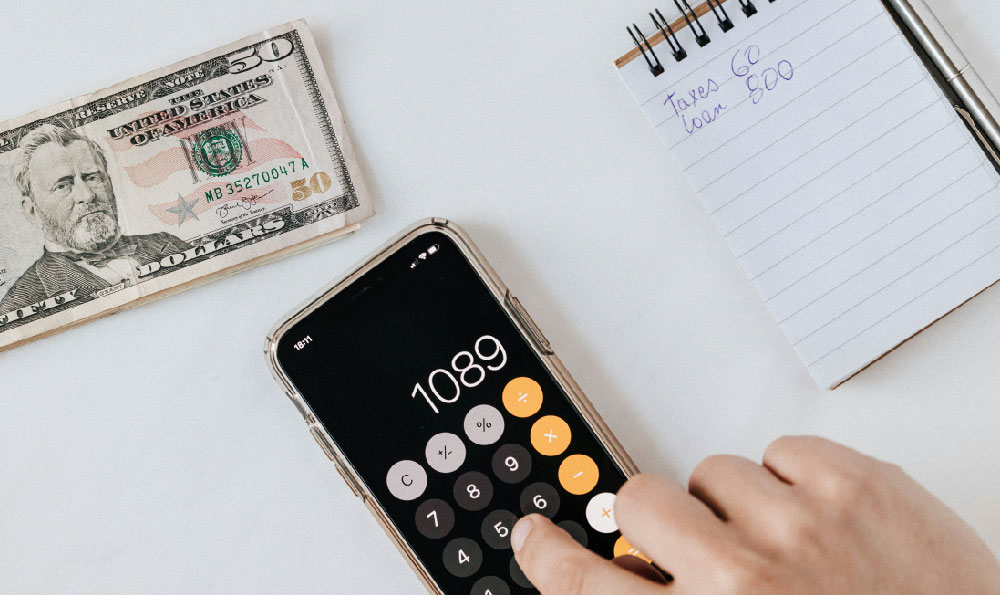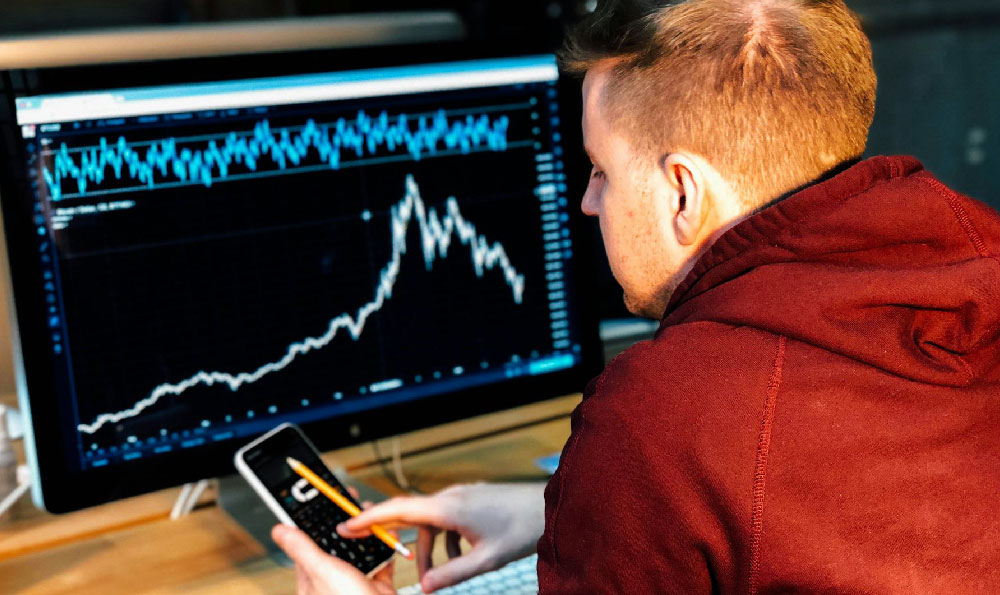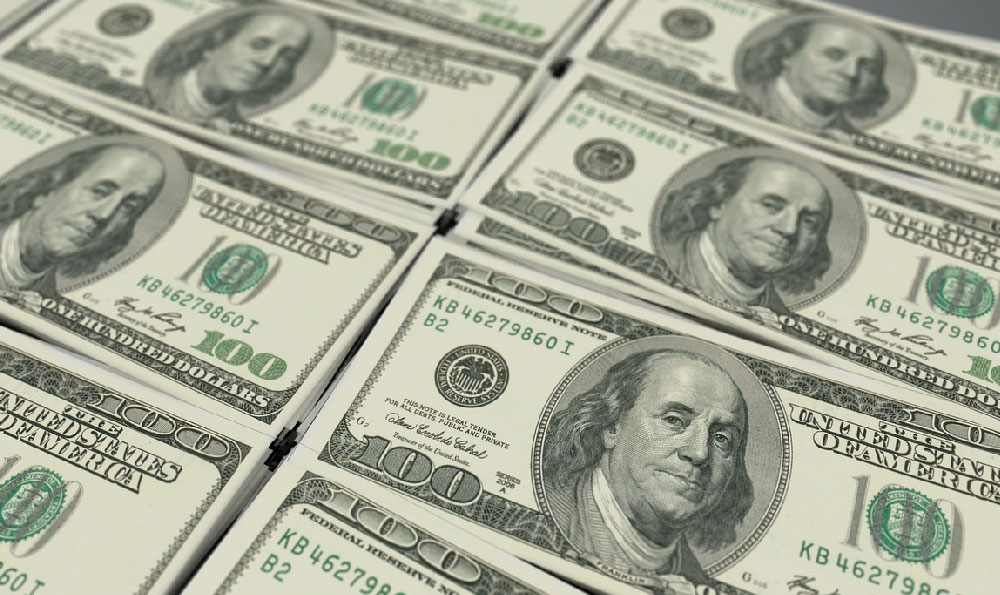How Do Artists Make Money, and Where Does It Go?

Artists, often romanticized as visionaries driven purely by passion, navigate a complex financial landscape that blends creative pursuits with economic realities. Understanding how artists generate income and manage their finances is crucial for anyone aspiring to a career in the arts or interested in supporting the artistic community. The income streams for artists are as diverse as the art forms themselves, and the financial management practices are as varied as the individuals who pursue this calling.
One primary source of income for artists is, of course, the sale of their work. This encompasses a wide range of scenarios, from selling paintings and sculptures in galleries to selling digital art online as NFTs. Artists working with physical mediums often rely on galleries to represent them, exhibiting and selling their work in exchange for a commission, typically around 40-60%. This arrangement provides artists with exposure to a wider audience and handles the logistical complexities of sales, but also necessitates sharing a significant portion of the revenue. Direct sales, through art fairs, open studios, or online platforms like Etsy or independent websites, offer artists greater control over pricing and customer interactions and allow them to retain a larger share of the profits. However, these direct sales require the artist to handle marketing, sales, and shipping, demanding time and effort that could otherwise be devoted to creating. The emergence of NFTs has opened up new avenues for digital artists, allowing them to tokenize and sell their work directly to collectors, often bypassing traditional intermediaries. While the NFT market has experienced fluctuations, it remains a potentially lucrative option for artists working with digital mediums.
Beyond direct sales, artists can generate income through commissions. This involves creating artwork specifically for a client, often based on a predetermined brief and budget. Commissions can range from portrait paintings to large-scale public art installations, offering artists a guaranteed income stream and the opportunity to work on projects that might not otherwise be feasible. Securing commissions typically requires building a strong portfolio, networking effectively, and possessing excellent communication skills to understand and meet the client's needs. Licensing is another avenue for artists to monetize their work. This involves granting others the right to use their artwork for commercial purposes, such as printing it on merchandise, using it in advertising campaigns, or incorporating it into other creative projects. Licensing agreements typically involve royalties, where the artist receives a percentage of the revenue generated from the licensed use of their work. This can provide a relatively passive income stream, but it requires careful negotiation of licensing terms and diligent monitoring of usage to ensure compliance.

Many artists supplement their income through teaching, workshops, and residencies. Teaching art at schools, universities, or community centers provides a stable income source and allows artists to share their knowledge and passion with others. Workshops, often focused on specific techniques or mediums, can be offered independently or through established institutions, attracting participants willing to pay for specialized instruction. Art residencies offer artists the opportunity to live and work in a dedicated space, often with financial support and access to resources. These residencies provide valuable time and space for creative development and can lead to new opportunities and collaborations. Grants and fellowships, awarded by government agencies, foundations, and private organizations, provide financial support to artists based on merit and project proposals. These grants can be highly competitive, requiring artists to present a compelling vision and demonstrate the potential impact of their work. While grant funding can be crucial for enabling artists to undertake ambitious projects, it often requires significant time and effort to research and apply for these opportunities.
Having explored how artists earn, understanding where that money goes is equally critical. The expenses incurred by artists can be substantial, encompassing a wide range of costs associated with materials, studio space, marketing, and professional development. Art supplies, depending on the medium, can be a significant expense. Paints, canvases, clay, film, and digital software all require ongoing investment. Studio space, whether rented or owned, represents another major cost. Rental rates can vary widely depending on location and size, and artists often face the challenge of finding affordable and suitable spaces in increasingly competitive urban environments.
Marketing and promotion are essential for artists to reach their target audience and generate sales. This includes costs associated with creating a website, printing promotional materials, attending art fairs, and advertising online. Building a strong online presence is crucial in the digital age, requiring investment in website design, social media management, and search engine optimization. Professional development, such as attending workshops, conferences, and art business courses, can help artists hone their skills, expand their networks, and learn about the business aspects of their careers. These educational opportunities often come with tuition fees and travel expenses. Artists often face significant healthcare costs, as many are self-employed and lack access to employer-sponsored health insurance. Obtaining health insurance as an independent artist can be expensive, and navigating the complexities of the healthcare system can be challenging.
Financial planning and management are crucial for artists to navigate the challenges of inconsistent income and unpredictable expenses. Creating a budget is essential for tracking income and expenses, identifying areas where costs can be reduced, and setting financial goals. Setting aside funds for taxes is particularly important for self-employed artists, as they are responsible for paying their own income taxes and self-employment taxes. Seeking advice from a financial advisor can help artists develop a comprehensive financial plan that addresses their specific needs and goals. Building an emergency fund is crucial for covering unexpected expenses, such as medical bills or repairs to equipment. Diversifying income streams is another way to mitigate financial risk, by exploring multiple revenue sources such as teaching, commissions, and licensing.
In conclusion, the financial lives of artists are a blend of passion and practicality. By understanding the diverse income streams available, carefully managing expenses, and developing sound financial habits, artists can navigate the economic realities of their profession and sustain their creative endeavors. Supporting the arts community, whether through purchasing artwork, attending exhibitions, or donating to arts organizations, is essential for fostering a vibrant and thriving cultural landscape.















